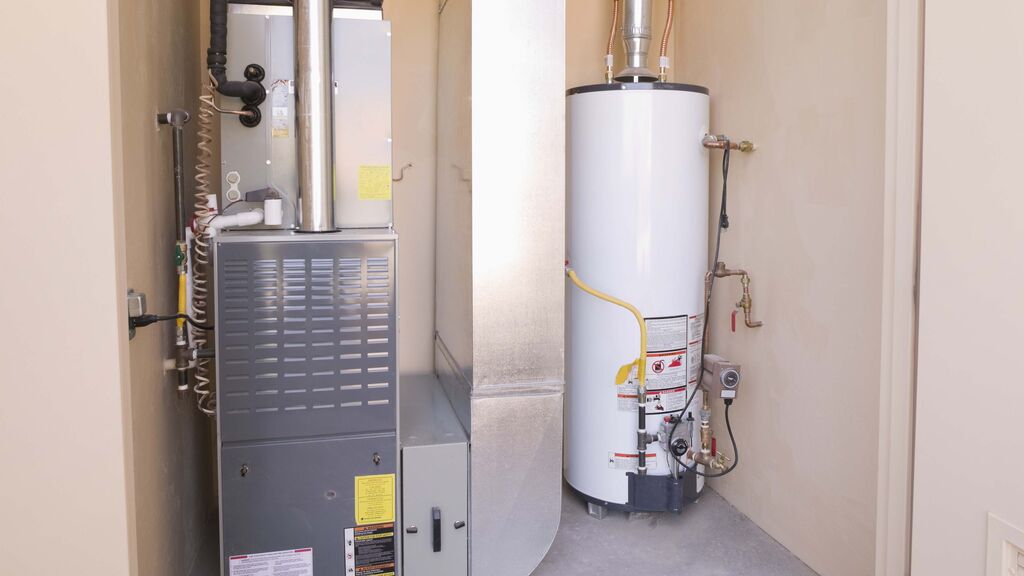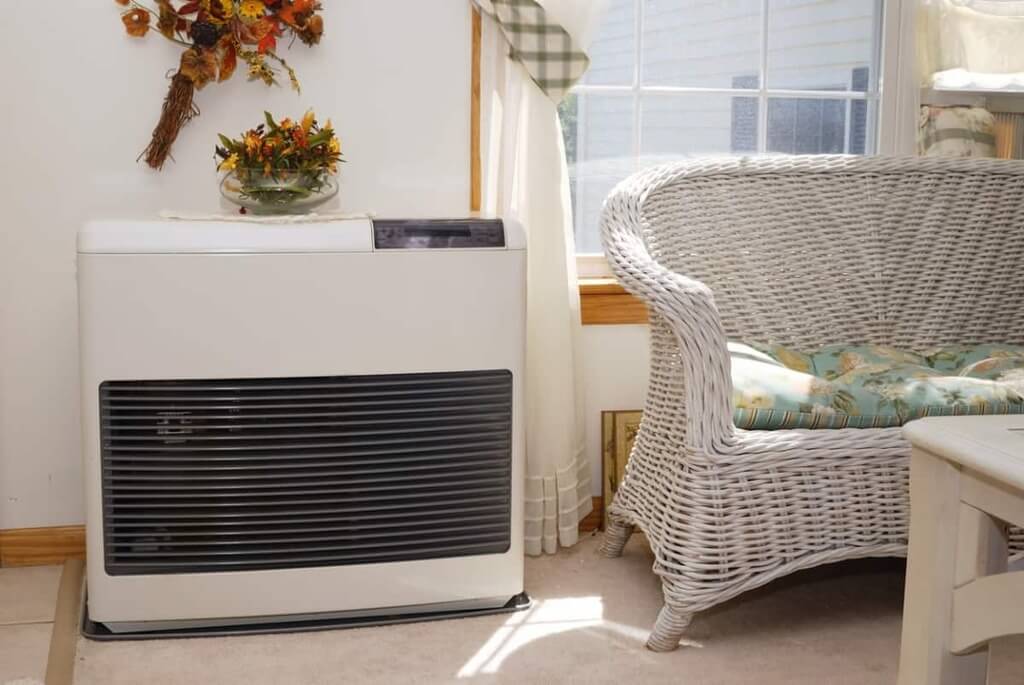Is Your Furnace Running at Peak Efficiency?
Your home furnace is designed to fit your home as perfectly as possible. The amount of heat it puts out and how long that takes is what determines a good fit. A properly fitted furnace will run predictably so long as all other aspects of the system are maintained properly.
Listen To Your Furnace
Your furnace should run its heating cycle for between 10 to 15 minutes, and do so up to 3 times an hour. If your furnace is running outside of those parameters, discounting the first time you increase the household temperature, there is a problem somewhere in the system. Be sure to run through the potential problems and possible fixes listed below. Please don’t wait for it to stop working entirely.

Running Too Long
In most instances, a furnace running abnormally long may be an indication of extremely cold weather rather than a problem with the heating system. If it keeps happening and the weather is within normal levels, take a look at your ducting. You could have a popped seam or a piece of ducting that has fallen free, causing much of the heated air to escape into your basement.
It seems Like it is Always Turning On
When your furnace runs for a short time but restarts just a few minutes later, it is said to be short-cycling. This is a certain indication of trouble in your heating system, one that can have many potential causes. Luckily, several of these issues can be handled by a homeowner.
- Excess Heating Capacity – Your furnace is intended to put out a certain amount of heat in a certain amount of time. If some of that heat goes unused, it can overheat and shut down early, then start up again as soon as it has cooled. If you have too many of your vents turned off or covered up, this problem can crop up. Make sure that most, if not all, of your vents, are clear of obstructions and opened at least slightly.
- Dirty Furnace Filter – All of your forced air travels through your furnace filter. If it isn’t changed as often as required by your heating system, it can become clogged and limit the system’s air movement. This will cause your heating unit to overheat and start short-cycling. To prevent this, replace your air filter as per manufacturer guidelines.
- Bad Thermostat – thermostats have become much more complicated than the simple spring-mounted, mercury switches of the old days. You can set heating schedules, shut off particular rooms, and even control them from across the world with your smartphone. All of this functionality means numerous opportunities to fail. You can use a heat sensor, the laser kind, to verify the temperature around your thermostat matches what the Thermostat is reading. You can also try opening up all of the zones in your system to see if that will stop the short-cycling. If it does, then that is an indication that your heat system is unaware when zones are shut off, which can cause a problem. Try replacing your Thermostat to see if the problem is then solved.
- Blocked Ducting: While much more common with dryer ducting, small animals can find heat ducting to be a perfect home, especially when the weather turns cold. To check for this, make sure your furnace is running, then verify that every duct is pushing warm air into the house. If you find a duct with little or no airflow, you just might have an uninvited guest in there. Follow the vent’s path until you find a spot that doesn’t ring hollow and you will have found your problem. The safest bet is to use a pest service to remove your new friend.
When the Luck Runs Out

If none of the above fixes have panned out, your problems most likely run deeper than your HVAC skills. Short-cycling can also be caused by the following issues.
- Poorly Designed Ducts – if your ductwork was installed with tight turns or with ducting that is simply too small, your system will tend to overheat. Fixing this is best left to HVAC professionals and could involve opening up walls to get to the bad ducting.
- Bad Heat Exchanger – the heat exchanger is the plate that the burners heat up in order to warm the air that passes over the heat exchanger. These can crack over time, becoming less efficient at best and downright deadly at worst. Unfortunately, heat exchangers can rarely be replaced, meaning that the fix is installing a new unit.
- Blocked Exhaust Pipes – A blocked exhaust pipe means that not only is your system running poorly, but the poisonous gases the exhaust pipe is supposed to remove are instead being vented into your home. This is an extremely serious issue that must be resolved by a professional.
- Wrong Sized Furnace – A terrible answer that is less rare than it should be. A too-large furnace will overheat and short-cycle constantly, reducing its functional lifetime by years. One that is too small will also fail to run properly and quit long before its expected life has been approached. Often the fault is with the installer failing to calculate your home’s heating needs properly. Hopefully, you’ll be able to use a warranty on their work to get a properly sized unit installed.
Final Thought
Homeowners need to be aware of the effect of adding or removing space in their homes. Putting on a large enough addition will affect the efficiency of your home’s heating system. Pulling an old addition down could do the same. If you notice cycling issues in your furnace after making major changes, get an HVAC expert to inspect your system to make sure it is still appropriate for your home’s new configuration.
Lastly, too many homeowners limit their focus to whether their heat comes out when the house gets cold. They don’t notice anything is wrong until there is no heat at all, and that can make for countless other problems when deep into cold weather. So, do yourself a favor and think about and verify your furnace’s efficiency before the cold months come, so you can catch the small problems before they turn into something truly ugly.
Discover More:-

